With snow, extreme frost and bitter east winds forecast for the coming week, ewes and young lambs are among the highest-risk animals on farms.
There has been a marked change in the weather over the last 48 hours, with east winds bringing a noticeable drop in temperatures.
Temperatures are to hit as low as minus four degrees in some areas.
Challenges
Animals can generally cope with cold weather, but the challenge intensifies where cold weather combines with rain, hail and snow showers, which could hit some areas as the week progresses.
The two greatest aids farmers can provide animals with to overcome these challenges are access to good shelter and sufficient feed. Maintenance requirements increase during cold weather, with animals apportioning a higher percentage of their energy intake to keeping warm.
This is the case for both older and young animals and is the reason why providing animals with sufficient intake is so important. If lactating animals have a nutritional deficit, then milk yield will suffer, which in turn leaves their progeny in a more vulnerable position.
Feed
Good-quality spring grass under normal circumstances will meet the nutritional demands of a ewe with two lambs. However, it may be beneficial to offer animals supplementary feeding to boost energy reserves and safeguard against a nutritional deficit.
Offering ewes in good body condition with two lambs and access to a good supply of grass (over 5cm) 0.5kg concentrates will, in most cases, be sufficient to top up energy reserves.
Where ewes have to be kept indoors for longer, then much higher levels of supplementary feeding will be required to meet nutritional demand.
There are a number of options for a range of farm situations from dealing with no grass to retaining ewes and lambs indoors longer term.
For out-wintered ewes, the general feeding programme in place should be sufficient but it may be important to increase supplementation rates if weather turn progressively worse.
Adequate shelter
Shelter is the other critical aspect to monitor. An east wind will bring a greater wind chill and may also see a field that normally provides good shelter to the prevailing wind demoted to a poor option.
You should pay close attention to the weather forecast and, if the direction of the prevailing wind is likely to change, then there may be no option but to move animals to a different field that will provide better shelter.

As well as watching the forecast, you should also walk fields to see that animals can access shelter. Placing a few bales in a field can provide shelter at ground level for young lambs.
It is also worth making alternative arrangements, if possible, where lambing pens are getting tighter and animals are not in a position to be turned out.
Storage or machinery sheds can provide an overflow valve.
Farmers out-wintering ewes in hill areas should also pay close attention to the forecast and in particular if there will be a risk of snow drifts as the week progresses.
These general tips may also help:
Where there is no option but to turn young stock outdoors, then it is important that this is done early in the day to provide animals with the optimum amount of time to settle into their new environment and find shelter. Do not feed animals outdoors late in the day as this can interfere with animals finding shelter and also increase the risk of mis-mothering.
Carry out tasks such as applying rubber rings well in advance of turnout. If this is not possible, then the best option is to delay these tasks until weather improves. Check on stock regularly, paying particular attention to young lambs, making sure they are up and following their dams. Water supplies in early lactation are important. Ensure water troughs are not frozen over and if animals are without water for any period of time, it should be introduced gradually to prevent them gorging on cold water.
Hygiene is critical in preventing disease getting established, particularly where there is extra pressure on housing. Applying hydrated lime before applying fresh bedding can help to keep a lid on infection. Take care when moving animals across frozen yards or where moving animals with a vehicle and trailer. Health and safety
While the natural inclination is to make sure stock are looked after, the cold weather also presents higher risks on the farm.
Take care when walking on slippery surfaces and keep warm. It is also advisable to check on elderly neighbours who may be living on their own.
Read more
Is your farm ready for severe frost?Feeding in the freezing cold and frost
With snow, extreme frost and bitter east winds forecast for the coming week, ewes and young lambs are among the highest-risk animals on farms.
There has been a marked change in the weather over the last 48 hours, with east winds bringing a noticeable drop in temperatures.
Temperatures are to hit as low as minus four degrees in some areas.
Challenges
Animals can generally cope with cold weather, but the challenge intensifies where cold weather combines with rain, hail and snow showers, which could hit some areas as the week progresses.
The two greatest aids farmers can provide animals with to overcome these challenges are access to good shelter and sufficient feed. Maintenance requirements increase during cold weather, with animals apportioning a higher percentage of their energy intake to keeping warm.
This is the case for both older and young animals and is the reason why providing animals with sufficient intake is so important. If lactating animals have a nutritional deficit, then milk yield will suffer, which in turn leaves their progeny in a more vulnerable position.
Feed
Good-quality spring grass under normal circumstances will meet the nutritional demands of a ewe with two lambs. However, it may be beneficial to offer animals supplementary feeding to boost energy reserves and safeguard against a nutritional deficit.
Offering ewes in good body condition with two lambs and access to a good supply of grass (over 5cm) 0.5kg concentrates will, in most cases, be sufficient to top up energy reserves.
Where ewes have to be kept indoors for longer, then much higher levels of supplementary feeding will be required to meet nutritional demand.
There are a number of options for a range of farm situations from dealing with no grass to retaining ewes and lambs indoors longer term.
For out-wintered ewes, the general feeding programme in place should be sufficient but it may be important to increase supplementation rates if weather turn progressively worse.
Adequate shelter
Shelter is the other critical aspect to monitor. An east wind will bring a greater wind chill and may also see a field that normally provides good shelter to the prevailing wind demoted to a poor option.
You should pay close attention to the weather forecast and, if the direction of the prevailing wind is likely to change, then there may be no option but to move animals to a different field that will provide better shelter.

As well as watching the forecast, you should also walk fields to see that animals can access shelter. Placing a few bales in a field can provide shelter at ground level for young lambs.
It is also worth making alternative arrangements, if possible, where lambing pens are getting tighter and animals are not in a position to be turned out.
Storage or machinery sheds can provide an overflow valve.
Farmers out-wintering ewes in hill areas should also pay close attention to the forecast and in particular if there will be a risk of snow drifts as the week progresses.
These general tips may also help:
Where there is no option but to turn young stock outdoors, then it is important that this is done early in the day to provide animals with the optimum amount of time to settle into their new environment and find shelter. Do not feed animals outdoors late in the day as this can interfere with animals finding shelter and also increase the risk of mis-mothering.
Carry out tasks such as applying rubber rings well in advance of turnout. If this is not possible, then the best option is to delay these tasks until weather improves. Check on stock regularly, paying particular attention to young lambs, making sure they are up and following their dams. Water supplies in early lactation are important. Ensure water troughs are not frozen over and if animals are without water for any period of time, it should be introduced gradually to prevent them gorging on cold water.
Hygiene is critical in preventing disease getting established, particularly where there is extra pressure on housing. Applying hydrated lime before applying fresh bedding can help to keep a lid on infection. Take care when moving animals across frozen yards or where moving animals with a vehicle and trailer. Health and safety
While the natural inclination is to make sure stock are looked after, the cold weather also presents higher risks on the farm.
Take care when walking on slippery surfaces and keep warm. It is also advisable to check on elderly neighbours who may be living on their own.
Read more
Is your farm ready for severe frost?Feeding in the freezing cold and frost







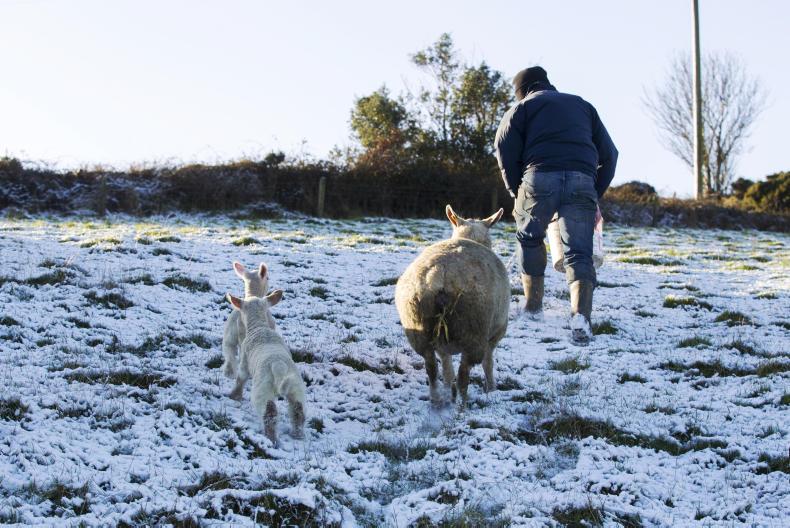
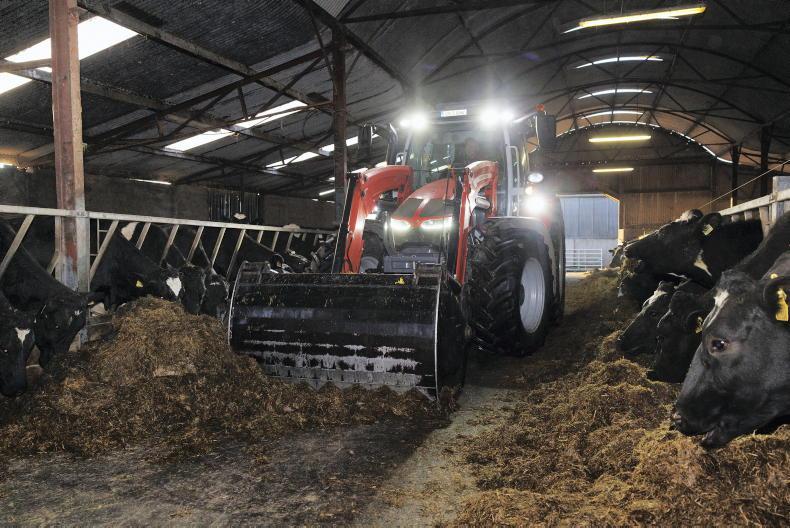
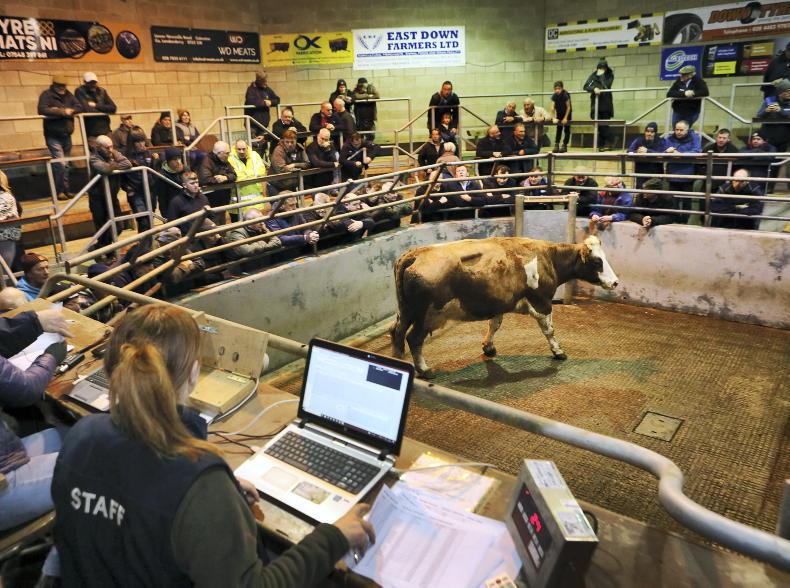
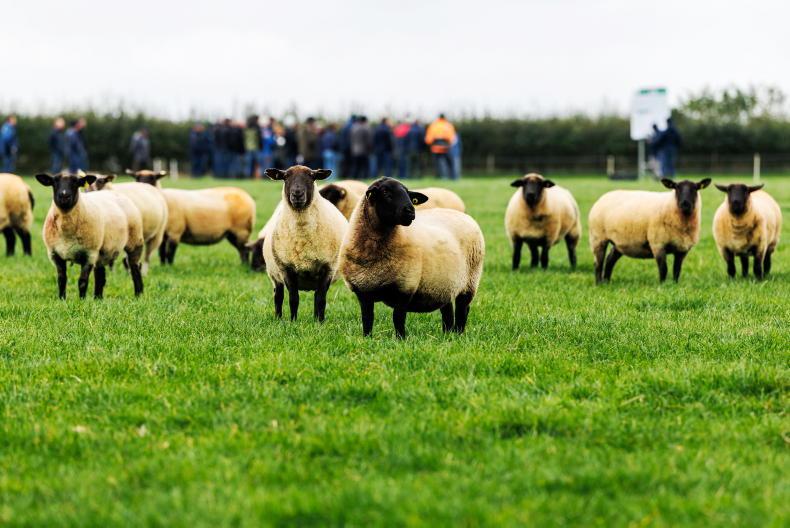
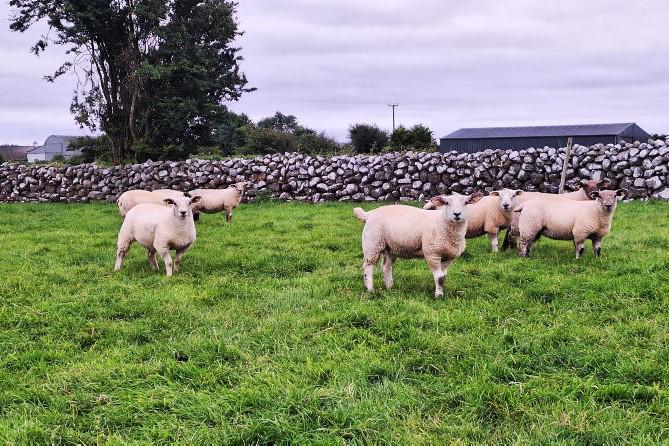
SHARING OPTIONS